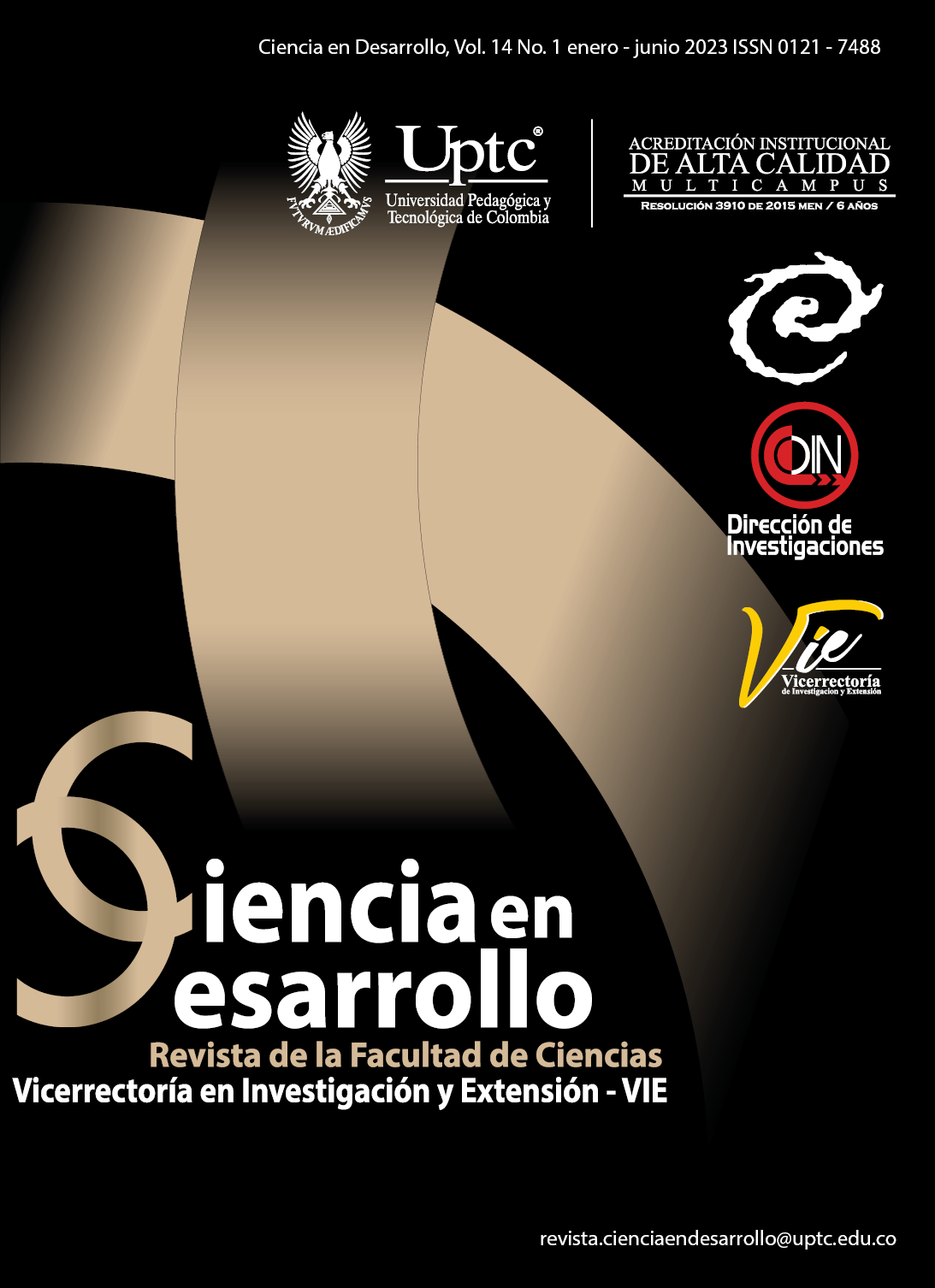Ceramic Coatings Resistant to Wear and Thermal Shock at High Temperatures

Abstract
Beehive ovens made of red clay or adobe bricks are used in the coal coking industry. In the process, the furnaces are subjected to sudden changes in temperature that range from 1000 ◦C to 300 ◦C on average, in the removal process a steel rake is used to remove the coke, which causes abrasive wear due to friction between the rake, the coke, and the floor, at elevated temperatures. Over time, flooring deteriorates and needs to be replaced, leading to high maintenance costs. To prolong the service life of the furnace floor, it is lined with a material resistant to wear at high temperatures. One of the best performing materials under these conditions is zirconia, which when properly mixed with alumina provides excellent surface protection against wear and thermal shock. For the preparation of the coatings, the thermal projection technique with oxyacetylene flame was chosen, due to its versatility and economy. The coatings are characterized morphologically with MO optical microscopy and scanning electron microscopy SEM, the microstructure is analyzed by XRD diffraction, the wear resistance with tribometer in ball-disc configuration at room temperature and 500 ◦C without abrasive, microhardness with Vickers notches and resistance to thermal shock with cycles of heating to 500 ◦C, and cooling to room temperature. It is found that all coatings exhibited much higher wear resistance than the uncoated substrate by at least one order of magnitude and that the coating protected the substrate through at least 30 thermal shock cycles.
Keywords
Coatings, thermal projection by flame, resistance to wear, resistance to thermal shock
References
- I. C. S. A., “Informa. Directorio de empresas 2022 ”, www.informacolombia.com/directorio empresas actividad 190 Coquización fabricaón de productos de la refinación del petróleo y actividad de la mezcla de combustibles depar- tamento norte de santander. accessed Abril 27, 2022.
- L. Pawlowski, “The Science and Engineering of Thermal Spray Coatings”, Wiley, Hoboken, 2nd ed, 2008. DOI: https://doi.org/10.1002/9780470754085
- P. L. Fauchais, J. V. R. Heberlein, and M. I. Boulos, “Thermal Spray Fundamentals”, New York: Springer, 2014. DOI: https://doi.org/10.1007/978-0-387-68991-3
- M. Ferrer, F. Vargas, and Moreno Mauricio, “Recubrimientos de circona y alúmina por pro- yección térmica con llama”, Tunja: ed UPTC,1ra ed, 2018.
- Y. N. Xu and W. Y. Ching, “Experimental and theoretical determination of the electronic structure and optical properties of three pha- ses of Zr02”, Physical Review B: Condensed Matter , 3rd series, vol. 48, 1993.
- ASTM E1920, “Standard Guide for Meta- llographic Preparation of Thermal Sprayed Coatings”, 2014.
- C. A. Schneider, W. S. Rasband, and K. W. Eliceiri, “NIH Image to ImageJ: 25 Years of Image Analysis”, Nat. Methods, vol. 9, no. 7, p. 671-675.2012 DOI: https://doi.org/10.1038/nmeth.2089
- ASTM C1327 - 15, “Standard Test Method for Vickers Indentation Hardness of Advanced Ceramics”, 2003.
- ASTM G99, “Standard Test Method for Wear Testing with a Pin-on-Disk Apparatus”, 2017.
- ASTM D7127 - 13, “Standard Test Method for Measurement of Surface Roughness of Abrasi- ve Blast Cleaned Metal Surfaces Using a Por- table Stylus Instrument”, 2013.
- I. D. Franco, “Étude tribologique á hautes tem- pératures de matériaux céramiques structurés á différentes échelles”. Thése de doctorat, Université de Limoges, 2019.
- D. Franco, H. Ageorges, E. Lopez and F. Var- gas, “Tribological performance at high tempe- ratures of alumina coatings applied by plasma spraying process onto a refractory material”, Surface & Coatings Technology”, 371, pp. 276- 286, 2019. DOI: https://doi.org/10.1016/j.surfcoat.2019.04.058
- A. N. Khan and J. Lu, “Behavior of air plasma sprayed thermal barrier coatings , subject to intense thermal cycling”, Surf. Coatings Technology, vol. 166, pp. 37-43, 2003. DOI: https://doi.org/10.1016/S0257-8972(02)00740-5
- A. N. Khan and J. Lu, “Thermal cyclic behavior of air plasma sprayed thermal barrier coatings
- sprayed on stainless steel substrates”, Surf. Coatings Technol, vol. 201, no. 8, pp. 4653- 4658, 2007. DOI: https://doi.org/10.1016/j.surfcoat.2006.10.022
- A. N. Khan and J. Lu, “Manipulation of air plasma spraying parameters for the production of ceramic coatings”, J. Mater. Process. Tech- nol, vol. 209, no. 5, pp. 2508-2514, 2009. DOI: https://doi.org/10.1016/j.jmatprotec.2008.05.045
- H. Jamali, R. Mozafarinia, R. S. Razavi, and R. Ahmadi-pidani, “Comparison of thermal shock resistances of plasma-sprayed nanostructured and conventional yttria stabilized zirconia ther- mal barrier coatings”, Ceram. Int, vol. 38, no. 8, pp. 6705-6712, 2012. DOI: https://doi.org/10.1016/j.ceramint.2012.05.060
- A. Rico, J. Rodriguez, E. Otero, et al, “Wear behaviour of nanostructured alumina-titania coatings deposited by atmospheric plasma spray”, Wear, vol. 267, no. 5-8, pp. 1191-1197, 2009. DOI: https://doi.org/10.1016/j.wear.2009.01.022
- X. Dong, S. Jahanmir, S. M. Hsu, “Tribologi- cal characteristics of α - alumina at elevated temperatures”, J. Am. Ceram Soc, vol. 74, pp. 1036-1044, 1991. DOI: https://doi.org/10.1111/j.1151-2916.1991.tb04340.x
- W. Stachowiak and A. W. Batchelor, “Wear of non-metallic materials, in Engineering Tribology,chap 16”, G. W. Stachowiak and A. W. Batchelor, Fourth ed. pp. 679-673, 2013.